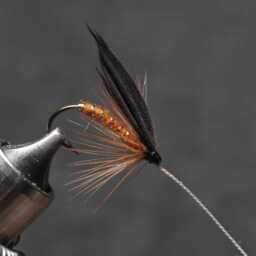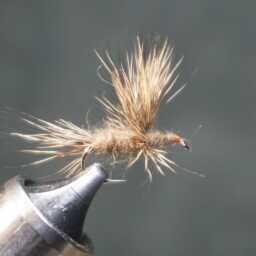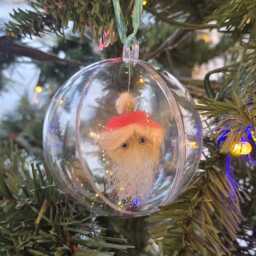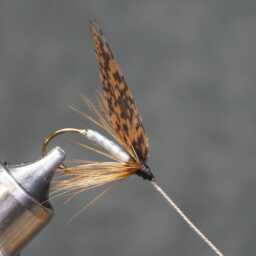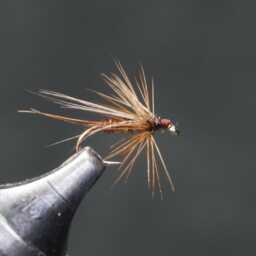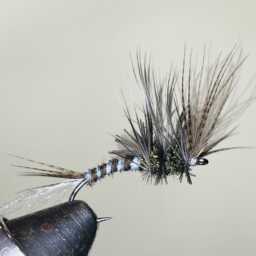The primary wing quills are very similar and a good substitute for condor. The wing coverts are light grey in color and have a nice silver sheen and have been used to make sand eel imitations.
Pelicans, members of the genus Pelecanus within the family Pelecanidae, are large water birds distinguished by their long beaks and expansive throat pouches. These pouches are essential for catching prey, which they scoop up from the water and then drain before swallowing. Pelicans generally exhibit pale plumage, except for species like the brown and Peruvian pelicans. Before the breeding season, their bills, pouches, and facial skin become brightly colored.
Male pelicans are typically larger than females and possess longer bills. The smallest species is the brown pelican, with some individuals weighing as little as 2.75 kg (6.1 lb) and measuring about 1.06 m (3.5 ft) in length, with a wingspan as short as 1.83 m (6.0 ft). In contrast, the largest species, such as the Dalmatian pelican, can reach up to 15 kg (33 lb) in weight and 1.83 m (6.0 ft) in length, with a wingspan of 3 m (9.8 ft). The bill of the Australian pelican may grow up to 0.5 m (1.6 ft) in large males, which is the longest bill of any bird.
Pelicans are known for their light-colored plumage, although exceptions exist with certain species. The bills, pouches, and facial skin of all pelicans become more vibrant in color before the breeding season begins. For instance, the throat pouch of the Californian subspecies of the brown pelican turns bright red and then fades to yellow after eggs are laid, while the Peruvian pelican’s pouch turns blue. The American white pelican develops a prominent knob on its bill during breeding season, which is shed once females have laid eggs. Immature pelicans have darker plumage compared to adults, and newly hatched chicks are initially naked and pink, later developing a covering of white or grey down after a few days.
« Back to Glossary Index
